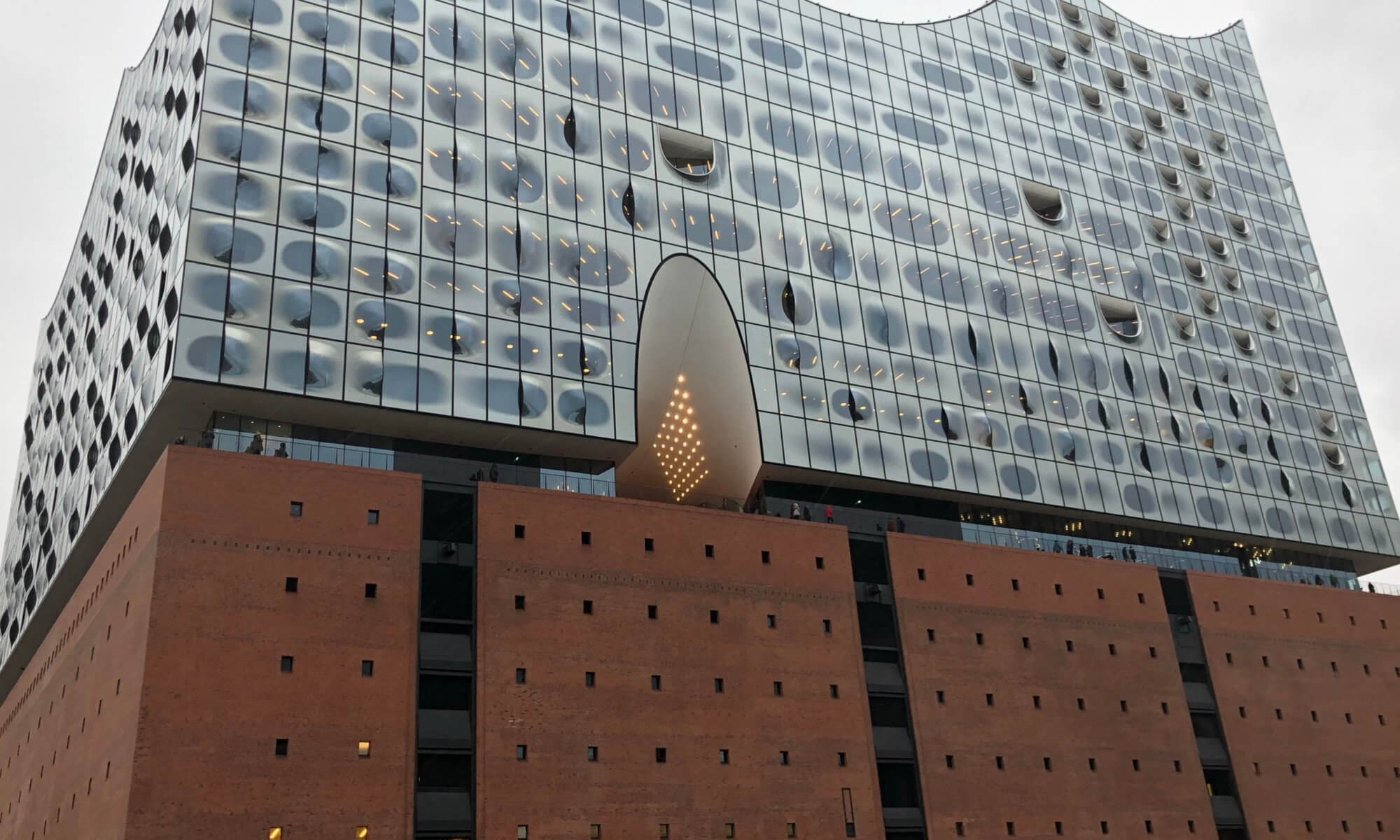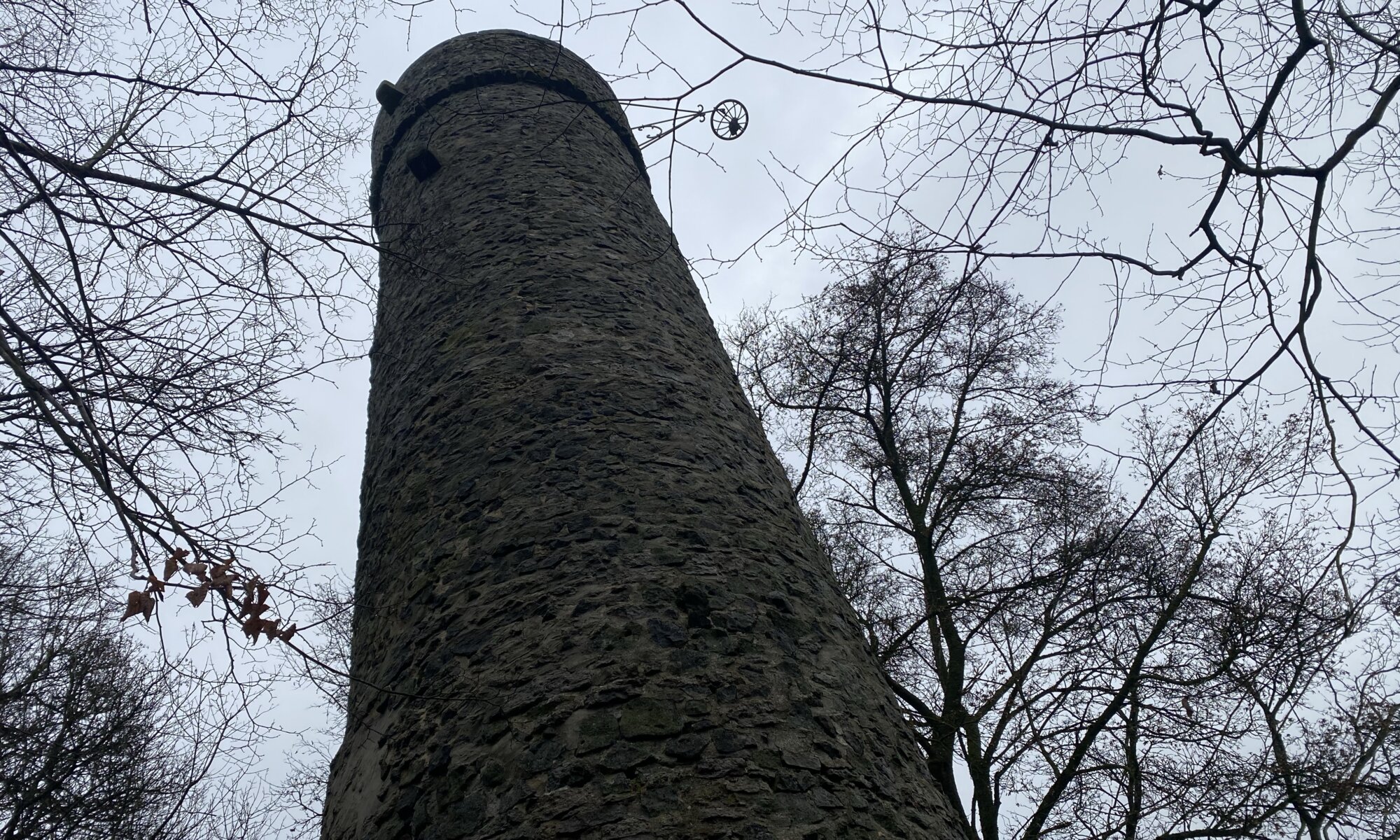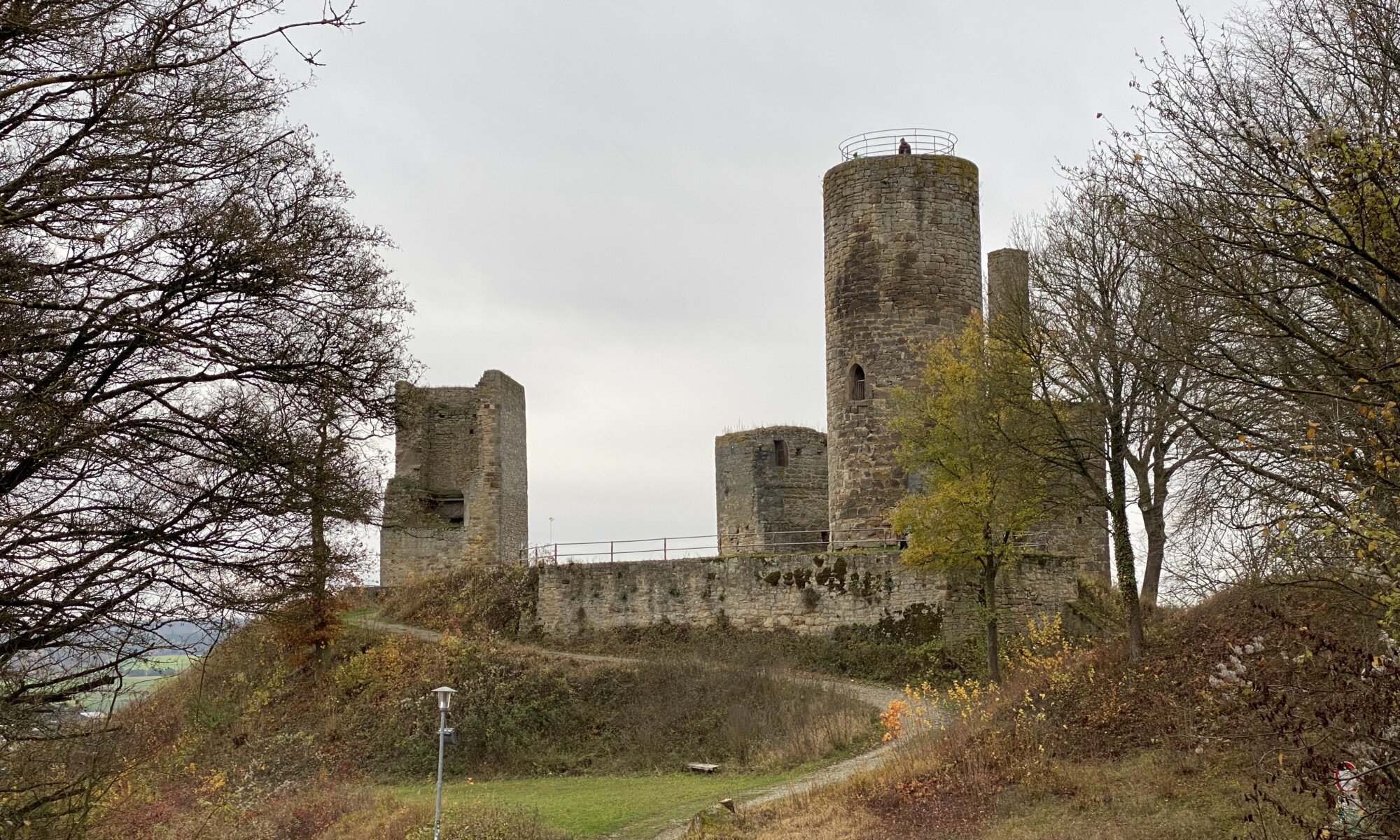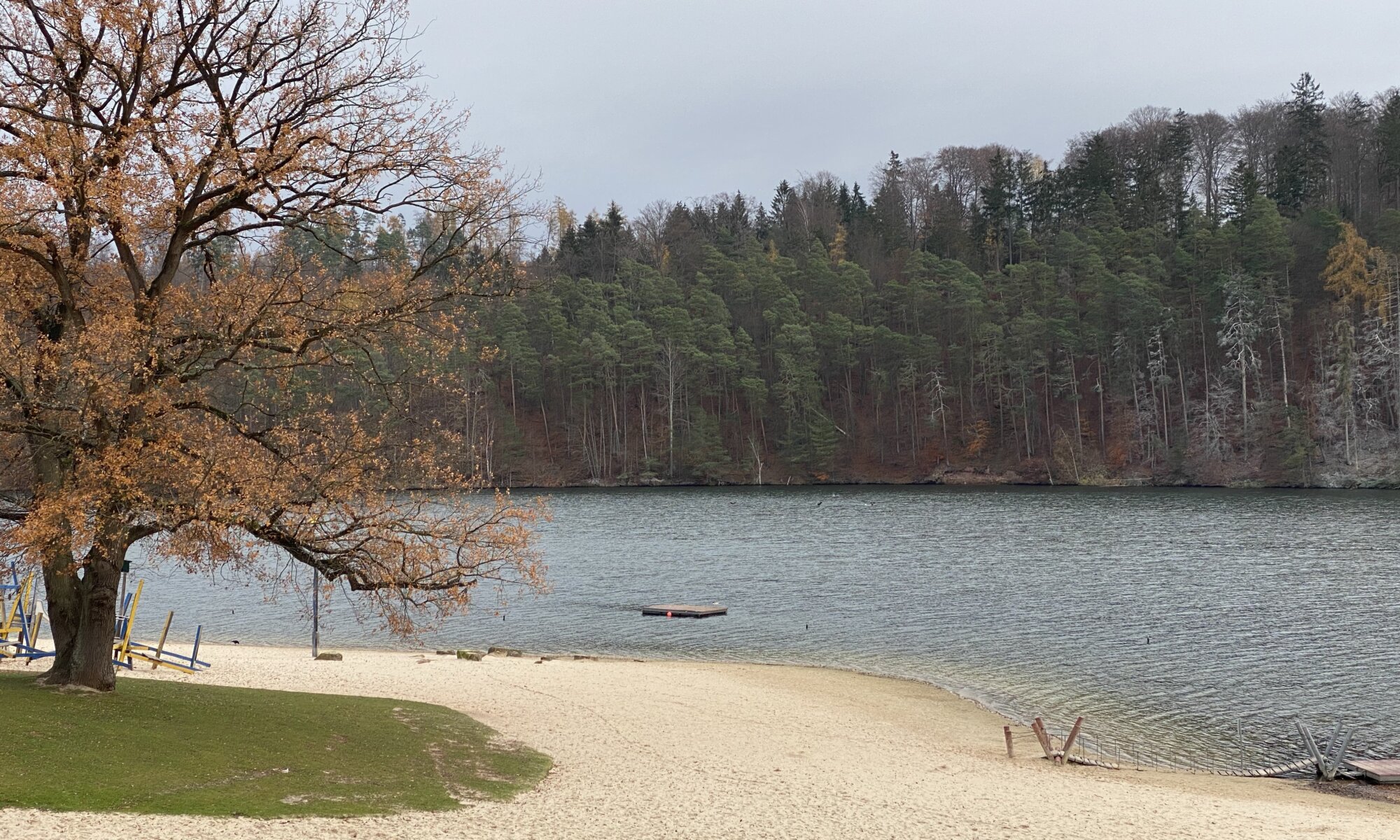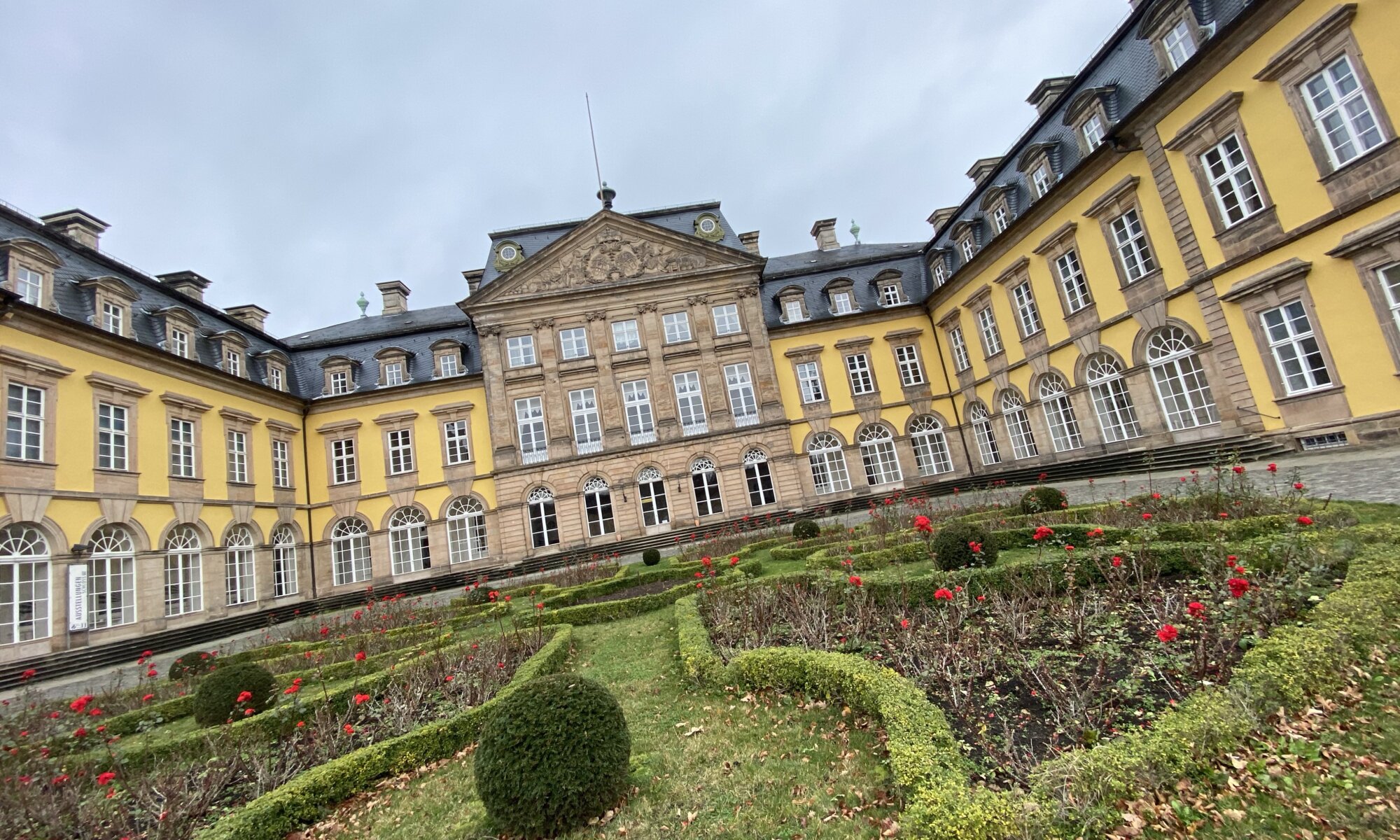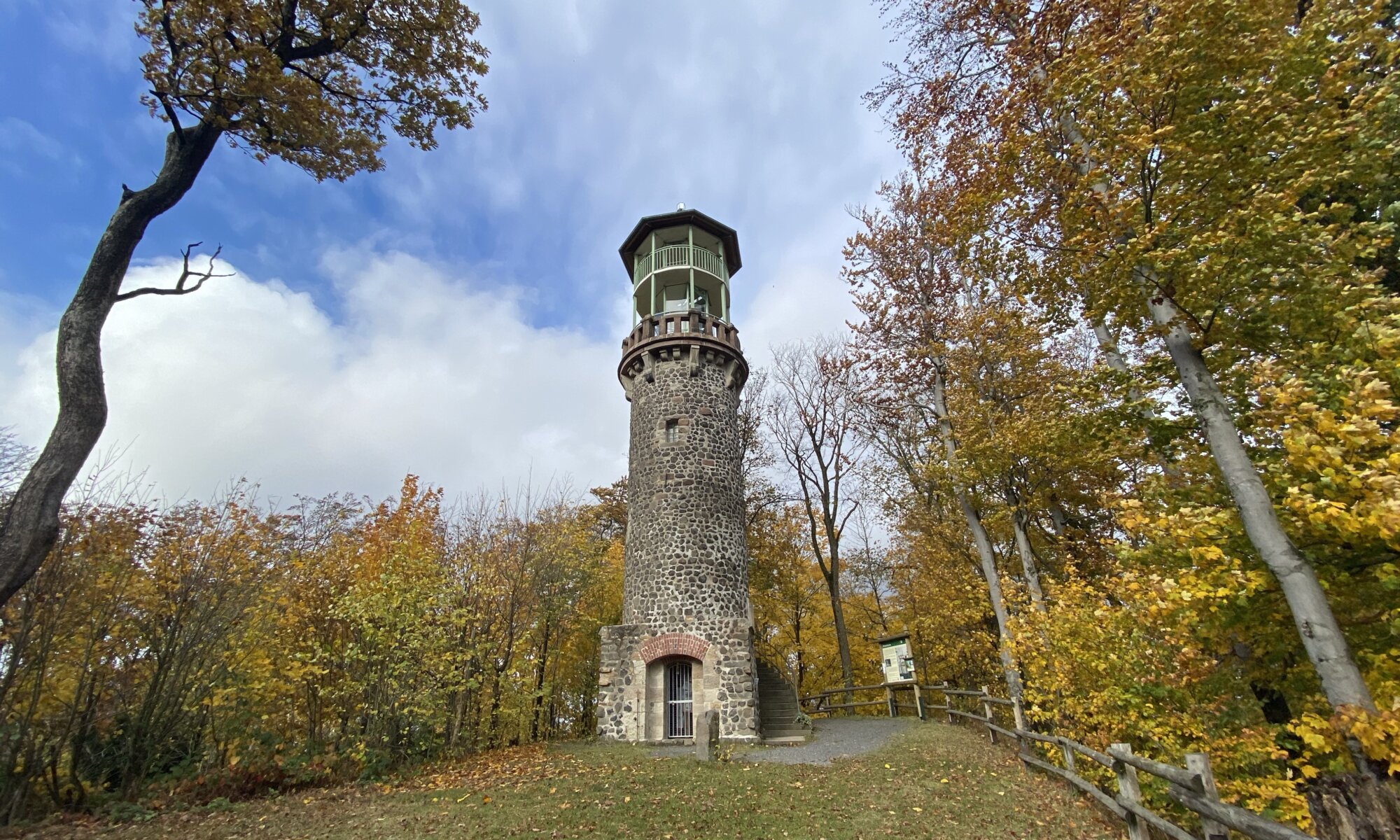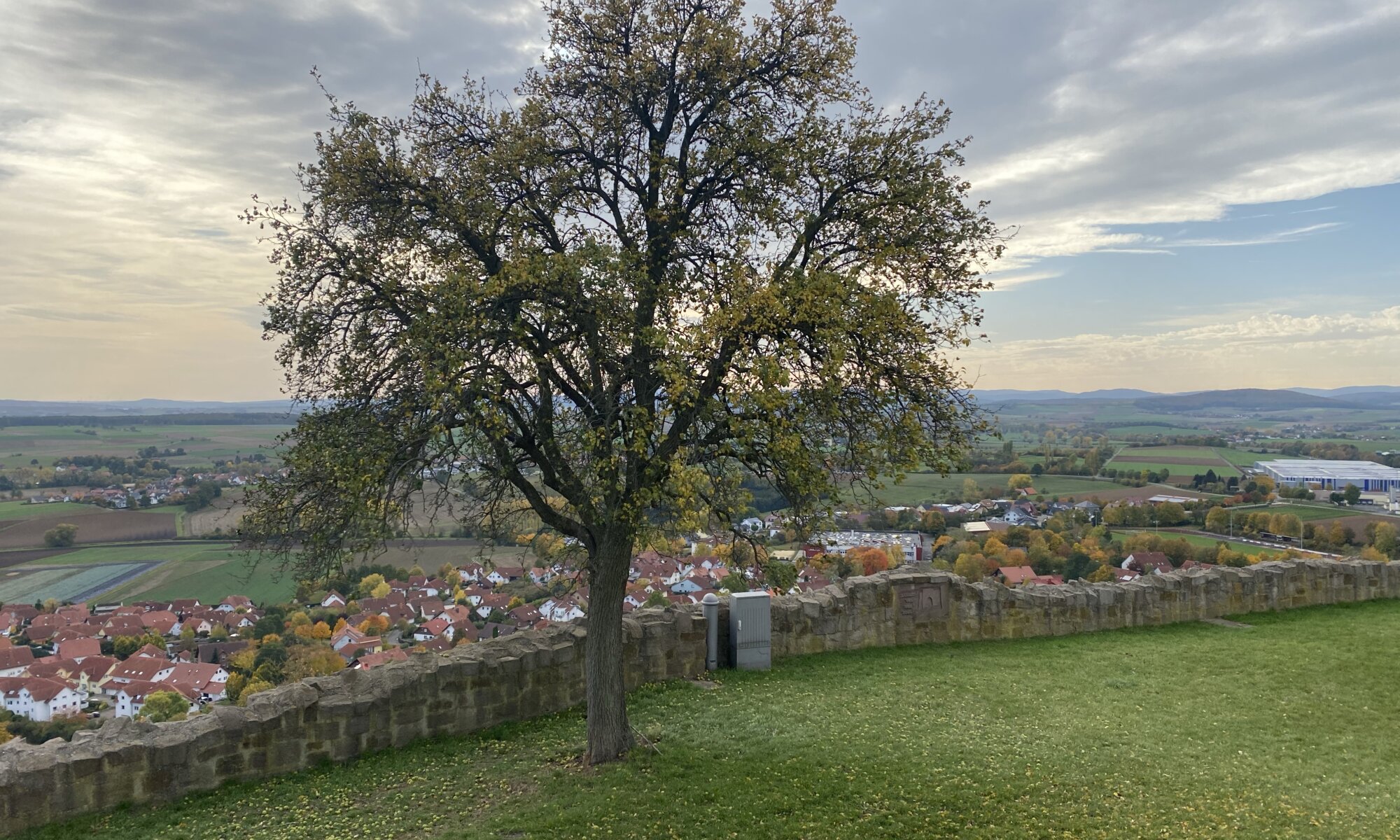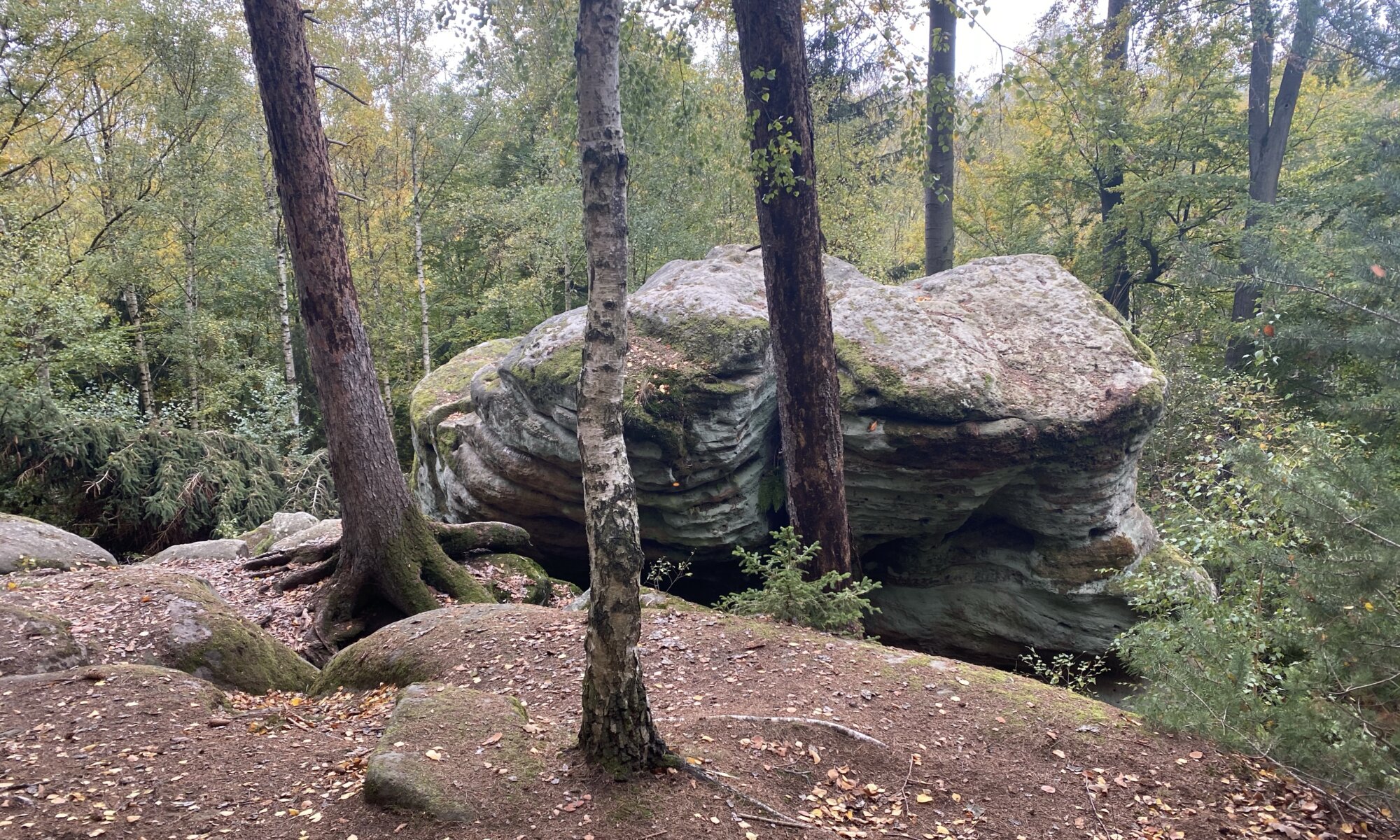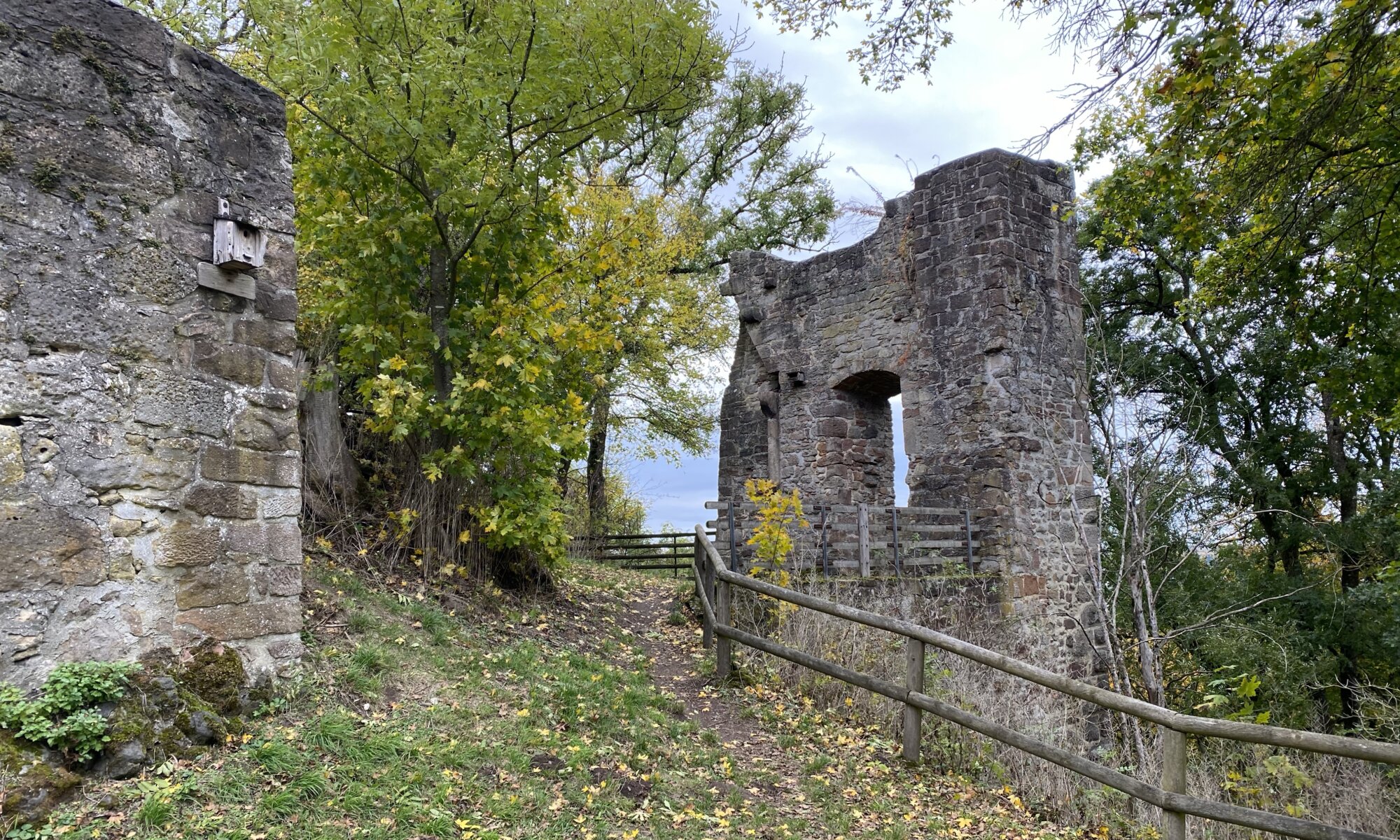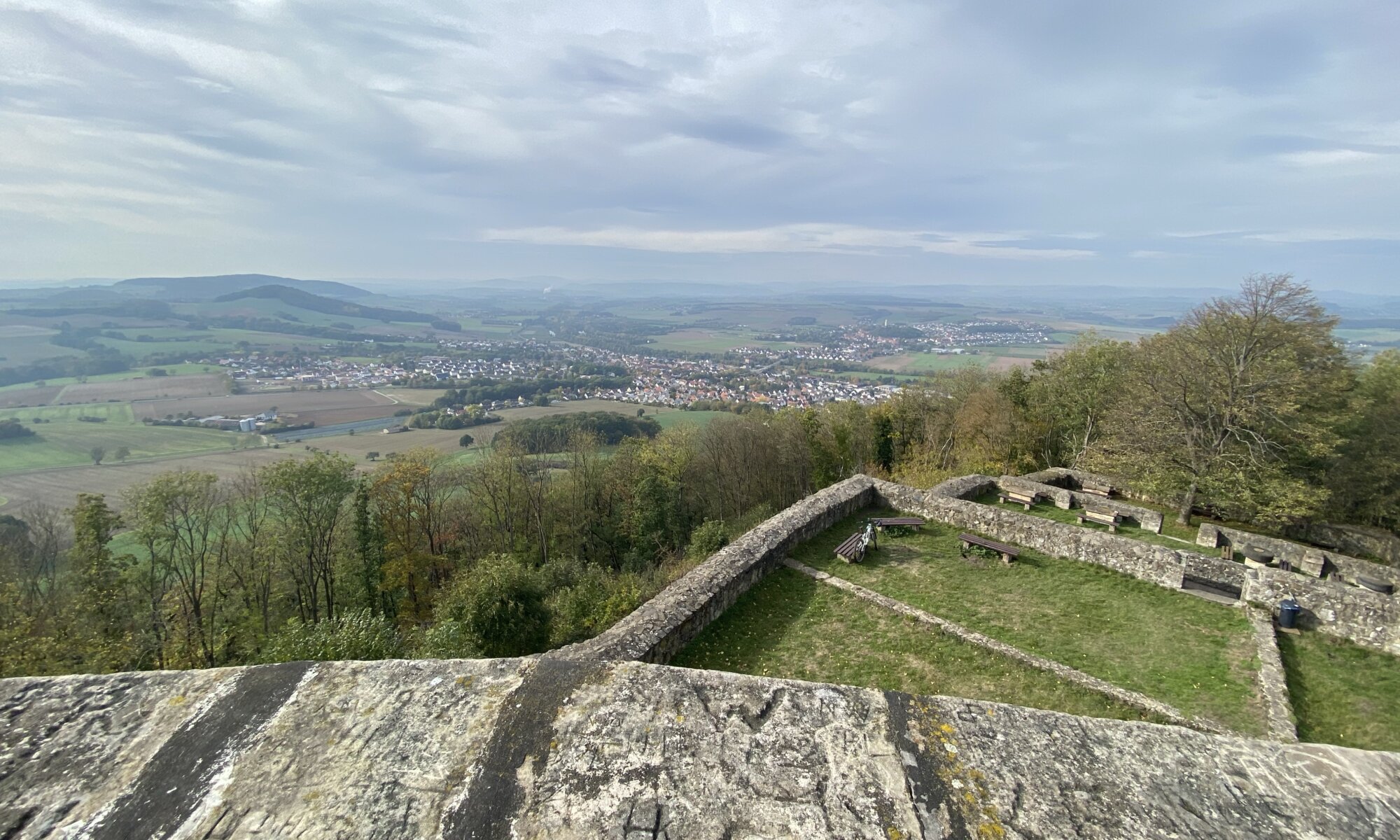While roaming art museums around the world I learned that ruins are an often-used symbol for the caducity of life – at least in romanticism. A prototype for such a painting could be the Burgruine Schartenberg or Schartenburg close to Zierenberg, Germany. The only thing left is the donjon with impressive walls that have a thickness of three metres. Around the donjon, you can see some structures on the ground, plateaus that show you how large the castle and the neighbouring Groppeschloss once were.
Continue reading “Burgruine Schartenberg”Schreckenbergturm
High above Zierenberg, Germany, you can find a watchtower on the 460 meters high mountain Schreckenberg. In medieval times the Schreckenbergturm was used to watch out for enemies and to spark a fire to warn the inhabitants of the city underneath. Later it deteriorated but in 1911 the tower was restored and opened to the public as a wonderful viewpoint. The more than 15 meters high tower is today owned and maintained by the Hessisch-Waldeckische Gebirgs- und Heimatverein (HWGH).
Continue reading “Schreckenbergturm”Kugelsburg
I’m often astonished how many castles and castle ruins are spread throughout Germany. Some are rather hidden in forests, others are located on high hills and can’t be overlooked. One of the latter is the Kugelsburg, the town’s landmark of Volkmarsen – a small town located 28 kilometres west of Kassel. It was built on the Kugelsberg mountain at the end of the 12th century CE to protect an important trading route between Fritzlar and Paderborn.
Continue reading “Kugelsburg”Twistesee
In 1965 massive rain caused high floods and substantial damage to cities in Northern Hesse, South Lower Saxony and East Westphalia. The 16th and 17th of July 1965 became known of the days of the Heinrichsflut which flooded cities like Einbeck, Paderborn, Göttingen, Kassel and Bad Karlshafen. As the weather prediction and also the communication systems were not as advanced as today many people were warned too late, some were locked in, some needed to be rescued by helicopters and 16 persons died.
Continue reading “Twistesee”Residenzschloß
Bad Arolsen is a small town about 45 km west of Kassel, Germany. It only has around 15,000 inhabitants but also an important history which makes it worth to be visited. The roots of the town lie in a cloister that was founded here in 1131. It was later converted to a castle when the city became the residence town of the princes of Waldeck-Pyrmont between 1655 and 1918. It was a small state in the Holy Roman Empire and was sovereign until the foundation of the Weimar Republic in 1929.
Continue reading “Residenzschloß”Bilsteinturm
The Bilstein (or sometimes Bielstein) is a very secluded mountain peak in the Kaufungen forest between the cities Nieste, Witzenhausen and Großalmerode. It is more than 640 meters high and originates from volcanic activities two million years ago. On top of the basaltic mountain, you can find the Bilsteinturm – an observation tower built in 1869. It was first made of wood and 20 years later replaced by a new tower made of stone. In 1960 an additional metal construction was put on top.
Continue reading “Bilsteinturm”Gudensberg
The city of Gudensberg, Germany, is just a small one with around 10,000 inhabitants. If you tour this part of Northern Hesse you will find the city very easily as it has one major sight high above the town: the Oberburg castle ruin. The Schloßberg (castle mountain) is a more than 300 meters high volcanic cone from which you can have fantastic views on the surrounding area.
Continue reading “Gudensberg”Riesenstein
Yes, it is just a giant rock in the middle of a forest at Naumburg, Germany, between Altendorf and Heimarshausen on the Ziegenrück mountain. But it is a really impressive one! It is nine meters high and consists of sandstone. Formerly there was a wooden bridge on which you could climb onto to stone (some remains are still visible) and there is also a small cave carved into the stone.
Continue reading “Riesenstein”Falkenstein
The Burgruine Falkenstein (hawk stone) at Bad Emstal, Germany, is the ruin of a former castle on a mountain (the Falkenstein) in the middle of a large forest far away from civilization. It is therefore the perfect destination for a hike or a bike trip. The castle was first mentioned in the year 1346 CE and finally destroyed in 1631 CE by the troops of the Count of Tilly during the Thirty Years’ War.
Continue reading “Falkenstein”Burg Heiligenberg
Once you climbed up the Heiligenberg mountain you can understand why already during the Iron Age humans used this place to build a fortification. It is a nearly 400 meters high basaltic mountain and the first castle was built here between 1180 and 1186 CE. Today you can visit the remaining walls, a well-preserved gate, you can use one of the many places to sit down for a picnic or climb up onto the short tower to enjoy good views on the city Felsberg.
Continue reading “Burg Heiligenberg”